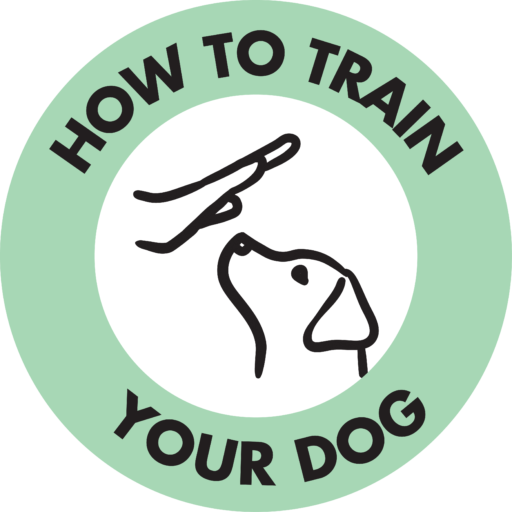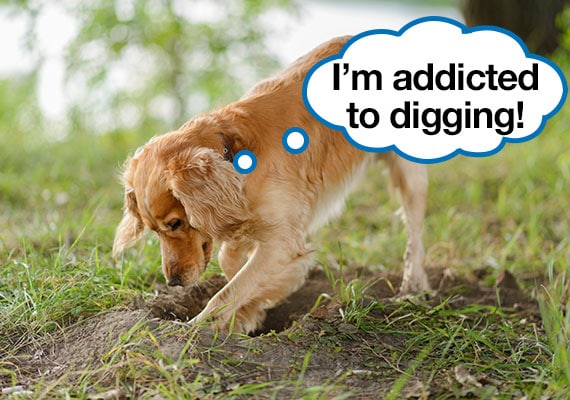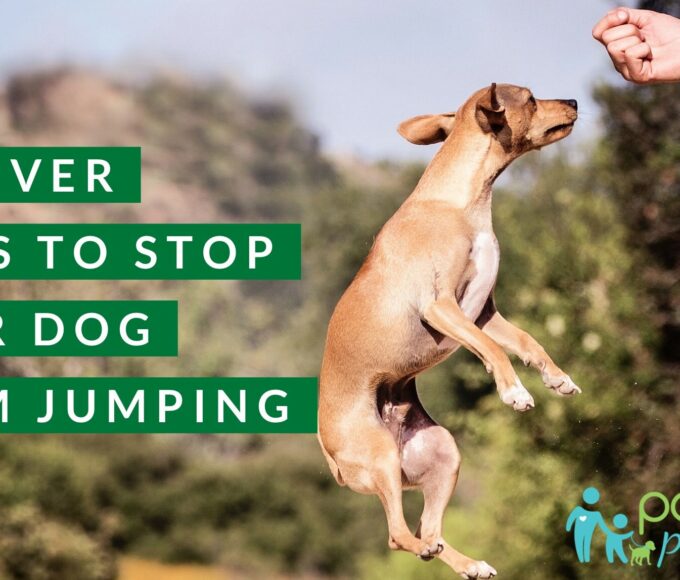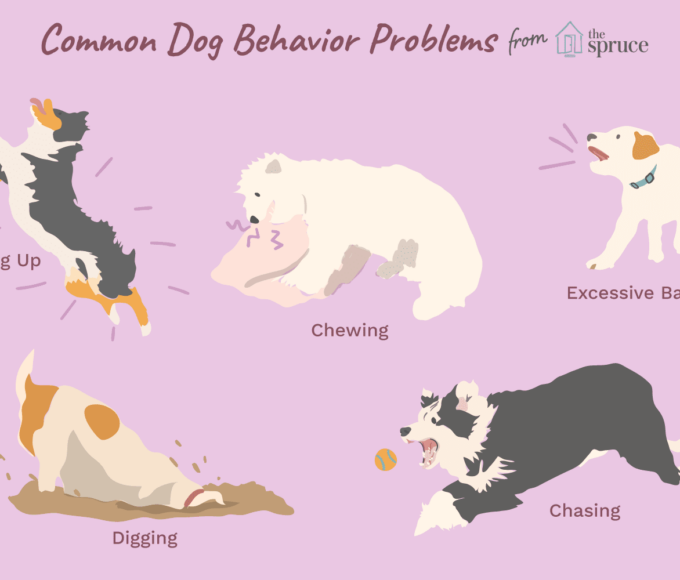Faced with boredom, loneliness, and even depression, millions of individuals and families have decided that now is the perfect time to get a dog. After all, school is canceled, we’re all working from home, and we aren’t allowed to go anywhere — meaning many individuals and families figured they have the time now to train and look after a brand new puppy!
The problem: Impulse buys often don’t end well, and buying a cute little puppy that’s going to live for up to a decade and a half with you is certainly not something that should be taken lightly. Some dog owners buy puppies or adopt dogs, and at first, they’re very happy.
However, what about when lockdown ends? The pandemic has fundamentally changed the way most of us train our dogs, and this has caused some serious problems. So, in this article, we’re going to talk about a few problems commonly seen in “pandemic pups,” and how you can avoid them.
10 Useful & Basic Puppy Training Tips to Raise Yours Right
Post-Pandemic Puppy Problems
Your dog may well have been a lifeline during the difficult lockdown months. If so, that’s great — dogs can be wonderful companions during tough and lonely times. However, dogs adopted or bought during the pandemic can have particular health or behavioral issues. So, what sort of issues should you keep an eye out for?
4 Potential Post-Pandemic Puppy Issues
Training and raising a dog can offer all kinds of difficulties. Some pups are more difficult to train than others, while some breeds are naturally prone to health problems or separation anxiety. Let’s take a look at some particular problems that you might see in a pandemic pup.
1. Health Problems
The growing demand for puppies unfortunately has led to a rise in puppy farms, also known as puppy mills. On puppy farms, dogs are bred ceaselessly with no regard for their physical or mental health. They’re kept in tiny cages, and often abandoned or put down when they’re no longer able to produce pups.
These pups are taken from their mothers far too young. Because of this and because of the crowded, disgusting conditions these poor animals live their lives in, puppy mill dogs are much more prone to health conditions later on (as well as potential behavioral problems).
Inbreeding, infection, malnutrition, and more are all common on puppy farms. The breeders don’t care about the health or wellbeing of their pups or their parents, and just sell the puppies as soon as possible, usually for high prices.
It can be very difficult to weed out puppy mill sellers. Yet, it pays to know that about 90% of puppies in pet stores come from puppy mills. On top of this, only about half of puppies survive their first 12 weeks in a puppy mill.
2. COVID Dog Aggression
A scared or anxious dog can become aggressive. Due to the pandemic restrictions, most people haven’t been able to socialize their puppies properly. This means that when the restrictions ease and we start taking our dogs out again, we may find that our dogs aren’t equipped to handle the scary, noisy world.
For example, you may want to take your dog to a cafe that allows dogs. However, your dog may not be socialized with large groups of people — or even other dogs. This can lead to your dog feeling afraid and lashing out, by barking, growling, or even snapping. Your dog may also be territorial or aggressive with certain people, or even other dogs.
This can quickly make trips to the dog park and other public spaces tricky. The last thing you want is your dog to get into an altercation with another animal or person.
3. Lack of Socialization
Lack of socialization can also cause other problems in pandemic pups, including serious anxiety, submissive urination, whining, crying, howling, and more.
When it comes to socializing dogs, the socialization window is very important. This window occurs during puppyhood (we’ll discuss this again later), and if it’s missed, your dog may miss out on crucial socialization, which can have lasting repercussions throughout your dog’s life.
4. Pandemic Pup Separation Anxiety
Maybe you love spending all day, every day with your dog. Your dog loves it too! Unfortunately, there is a serious and growing problem with pandemic puppies: Separation anxiety.
Puppyhood is the time for pandemic puppies to learn to be alone. Otherwise, if you need to return to work, or you just want to go out and spend time with friends, your puppy will be unable to cope with being alone.
Separation anxiety can manifest itself by your dog howling and crying while you’re gone (infuriating the neighbors), nervous scratching or chewing their paws, chewing your furniture, going to the bathroom on your floor, and otherwise destroying your home.
3 Things You Can Do to Get Your Dog Ready for Post-Pandemic Life
So, how can you handle these problems? Serious, ingrained behavioral issues (like COVID aggression) may need to be dealt with by an animal behaviorist. However, you can stop a lot of these problems in their tracks ahead of time. Here are some tips:
1. Do your research before you buy
Puppy farms masquerade as reputable dog breeders. Do plenty of research on how to spot puppy farm breeders, and always trust your instinct. View the puppy at least once before you pay out any money, and you should be able to get information about the mother, the father, and other details about your pup. Alternatively, consider adopting a dog.
2. Thoroughly socialize your puppy
The socialization window for most puppies is between 8 and 16 weeks. This is the best time to introduce your dog to new experiences. This includes introducing your dog to as many new people and dogs as possible, as well as experiences like public transport, crowded places, and cars.
The more socialization and experiences your puppy gets at this age, the better it will adjust. However, you can also socialize adult dogs through gradual exposure.
3. Get your puppy used to being alone
Your puppy shouldn’t be left alone for more than an hour or two at a time. However, it’s important that your puppy should be comfortable with being out of your sight for at least a while. Gradually increase your time apart until you can leave your dog for up to four hours at once.
Make sure you have a safe, comfortable area for your dog. Never give a puppy the run of the house. Create a safe pen area, a crate, or a room where your puppy can’t hurt themselves or damage anything.
What Do The Vets Say?
Vets and behavioral experts admit that there is a trend of poor health and bad behavior in COVID pups. However, bad behavior can be corrected with a little patience and research. If you have more questions about your dog’s behavior or health, talk to a vet as soon as you can.
And know that getting a dog is a huge undertaking! It’s not a decision you want to make lightly or on impulse. Understand that when you bring a dog or puppy into your home, it should be for life and you should be able to properly train and care for your furry friend!






